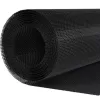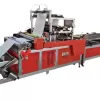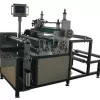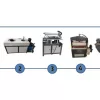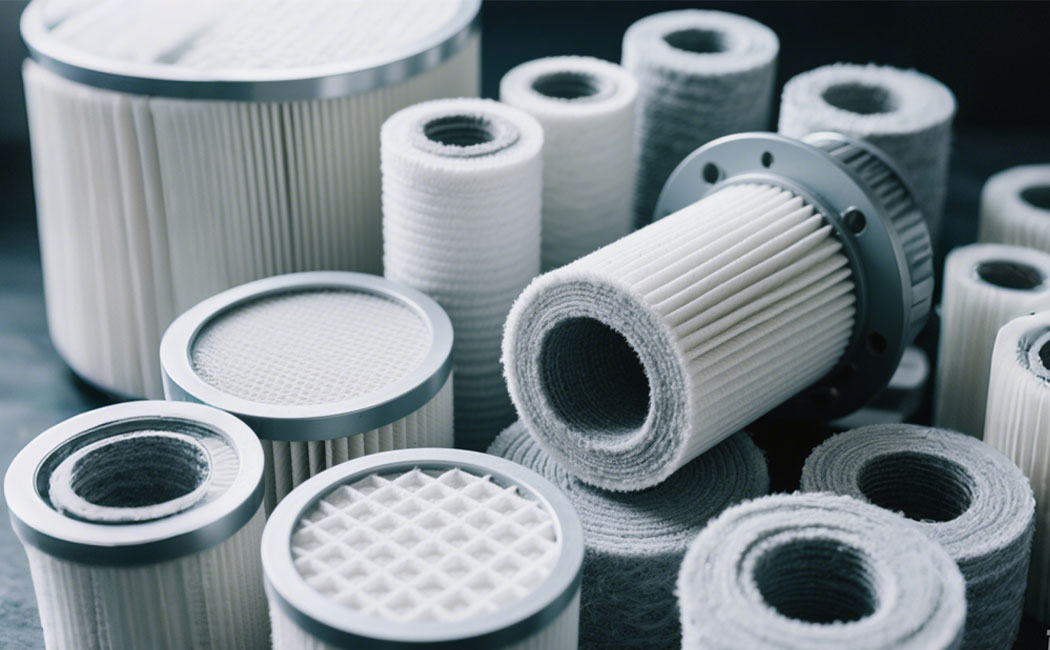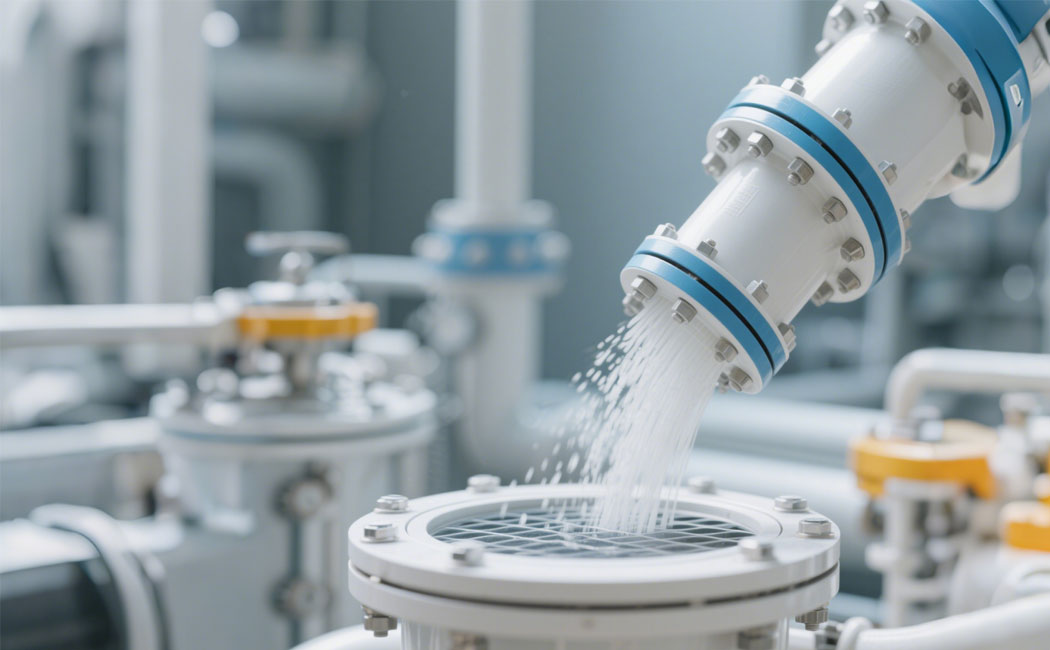Your Guardian of Breath—A Comprehensive Guide to Cabin Air Filters, Safeguarding Your Health with Every Breath
Did you know that the air inside your car could be more polluted than the air outside? The cabin air filter, though often overlooked, is the first line of defense protecting the respiratory health of you and your family. This article will provide a comprehensive overview of cabin air filters and guide you in choosing the most suitable product for your needs.
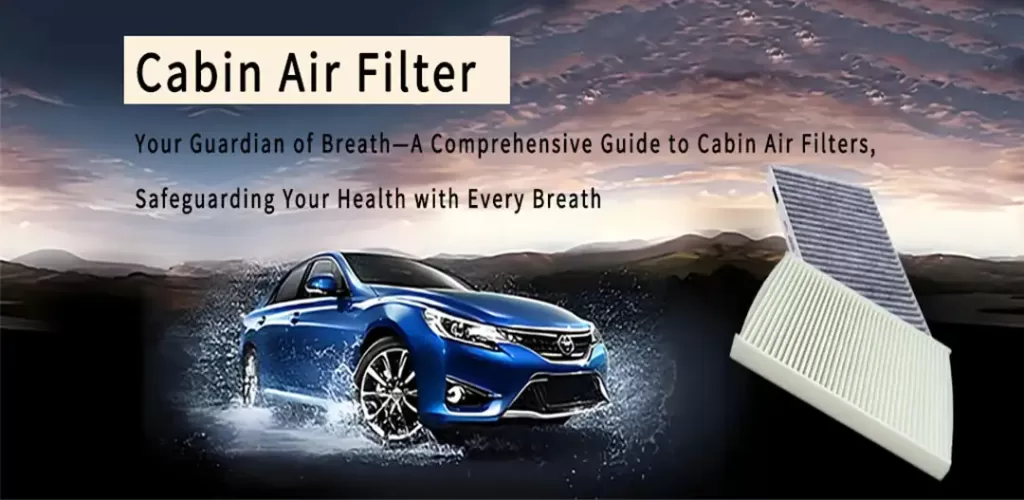
What is a Cabin Air Filter, and Why is It So Important?
The cabin air filter is typically installed at the air intake of your car’s air conditioning system. Its core mission is to filter the air entering the vehicle, specifically:
· Filtering dust and particulate matter
· Adsorbing harmful gases and odors
· Inhibiting bacteria and mold growth
· Protecting the air conditioning system
What Types of Cabin Air Filters Are There? Which One Is Most Common?
Cabin air filters can be categorized into flat-panel type, cylindrical type, and irregularly shaped type. However, the most common type on the market is the flat-panel filter, which will be the focus of our introduction.
This type of filter is suitable for the majority of sedans, SUVs, and other household vehicles, such as most models from brands like Toyota, Volkswagen, Buick, and Nissan.
Resembling a flat frame with folded filter paper inside, it is externally sealed with strips—some on two sides, others on all four sides. This design primarily relates to the filter’s fixation method, sealing performance, and structural strength.
1. Flat-Panel Standard Non-Woven Cabin Air Filter
· Functionally simple and cost-effective, often featuring two-sided sealing.
· Relatively lower filtration efficiency, effectively filtering most pollen and dust.
· Unable to filter harmful gases or odors.
· Suitable for budget-conscious owners who primarily drive in areas with good air quality, such as suburban regions.
2. Activated Carbon Cabin Air Filter
· Offers higher filtration efficiency: the non-woven layer filters particulate matter, while the activated carbon layer adsorbs harmful gases and odors.
· Due to its stringent sealing requirements, manufacturers often use four-sided sealing to ensure optimal performance and prevent leakage.
· Ideal for urban commuters, significantly improving in-cabin air quality.
3. Multi-Efficiency/HEPA Cabin Air Filter
· Provides top-tier protection with four-sided sealing.
· Offers higher filtration ratings (e.g., PM2.5) and can even effectively filter viruses and bacteria.
· Designed for those with extreme demands for air quality, such as allergy sufferers, families with infants, or drivers in areas with high smog levels.
What Are the Risks of Neglecting Filter Replacement?
· Deterioration of in-cabin air quality, leading to health issues like allergies and coughing.
· Reduced airflow from the air conditioning system, diminishing cooling/heating efficiency.
· Increased load on the air conditioning system, potentially resulting in higher fuel consumption (for automatic AC systems) and maintenance costs.
When Should You Replace the Filter? Common Indicators
1. Replace every 10,000 to 15,000 kilometers or once a year.
2. If you frequently drive in dusty, smog-heavy, or highly humid environments, replace twice as often.
3. If you notice obvious odors (especially musty smells) inside the car, significantly reduced airflow from the AC, or frequent sneezing and respiratory discomfort while driving.
If any of these signs appear, it’s time to replace your cabin air filter.
Cabin Air Filter Production Equipment
2. Automactic Cabin Filter Bonding Machine
For more details, please refer to the machine introductions.
Share:
Categories
- blog(31)
- Industry news(3)
- Technique articles(28)

